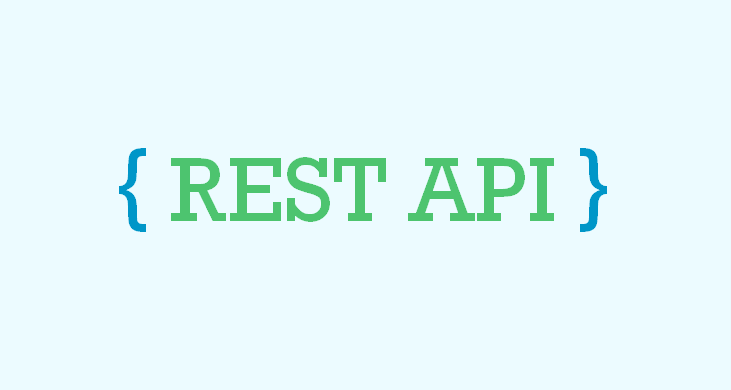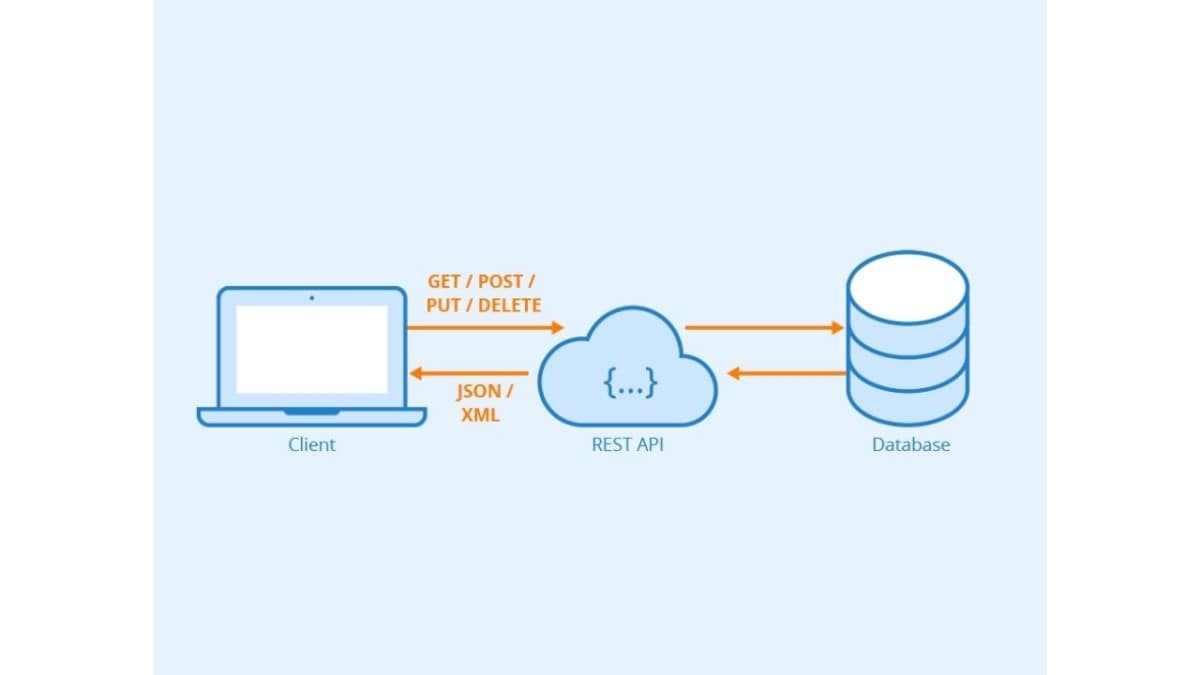The Complete Responsive CMS Blog created by Francesco Malagrino

Rest Introduction and Architecure
Category: Rest & Written by Francesco Malagrino On December-17-2021 19:03:47
What is Rest?
The Rest Stands for Representational State Transfer
Representational means format : such as XML , JSON, YAML, HTML etc.
State means Data
Transfer means carry data between consumer and provider using the HTTP protocol
In the following picture a typical Rest Architecture

As you can see something called Rest API :
What is a REST API?
API Stand for Application Programming Interface.
A REST API is an intermediary API that enable two application comunicate with each other over HTTP, much more like the servers communicate to Browser
Now the API that has the following constraints is know as RESTful API
Client-server Architecture : The client is the front-end the server is the back end of the service.
It is important to note that both of these entities are independent of each other.
Stateless : No data should be store on the server durng the processing of the request transfer. The state of the session should be saved at the clients end.
Cacheble : The client should have the ability to store responses in cache. This greatly improves the performance of the API:
Uniform Interface : this constraiint indicates a generic interface to manage all the interfaction between the client and the server in a unified way, which simplifies and decouples the arhitecture
Layered System : The server can have multiple layers for implementation. This layered architecture helps to improve scalability by enabling load balancing.
Code on Demand : This constraint is optional. This constraint indicates that the functionality of the client applications can be extended at runtime by allowing a code download from the server and execturing the code
Share
Comments

Categories
Recent Posts


Deep Dive into REST: Understanding RESTful APIs and Best Practices
June-06-2023 21:30:26

Exploring the Sealed Classes
June-06-2023 21:07:07

Pattern Matching for Switch:
May-31-2023 12:24:03

Exploring the Exciting Features of Java 19
May-29-2023 23:45:46